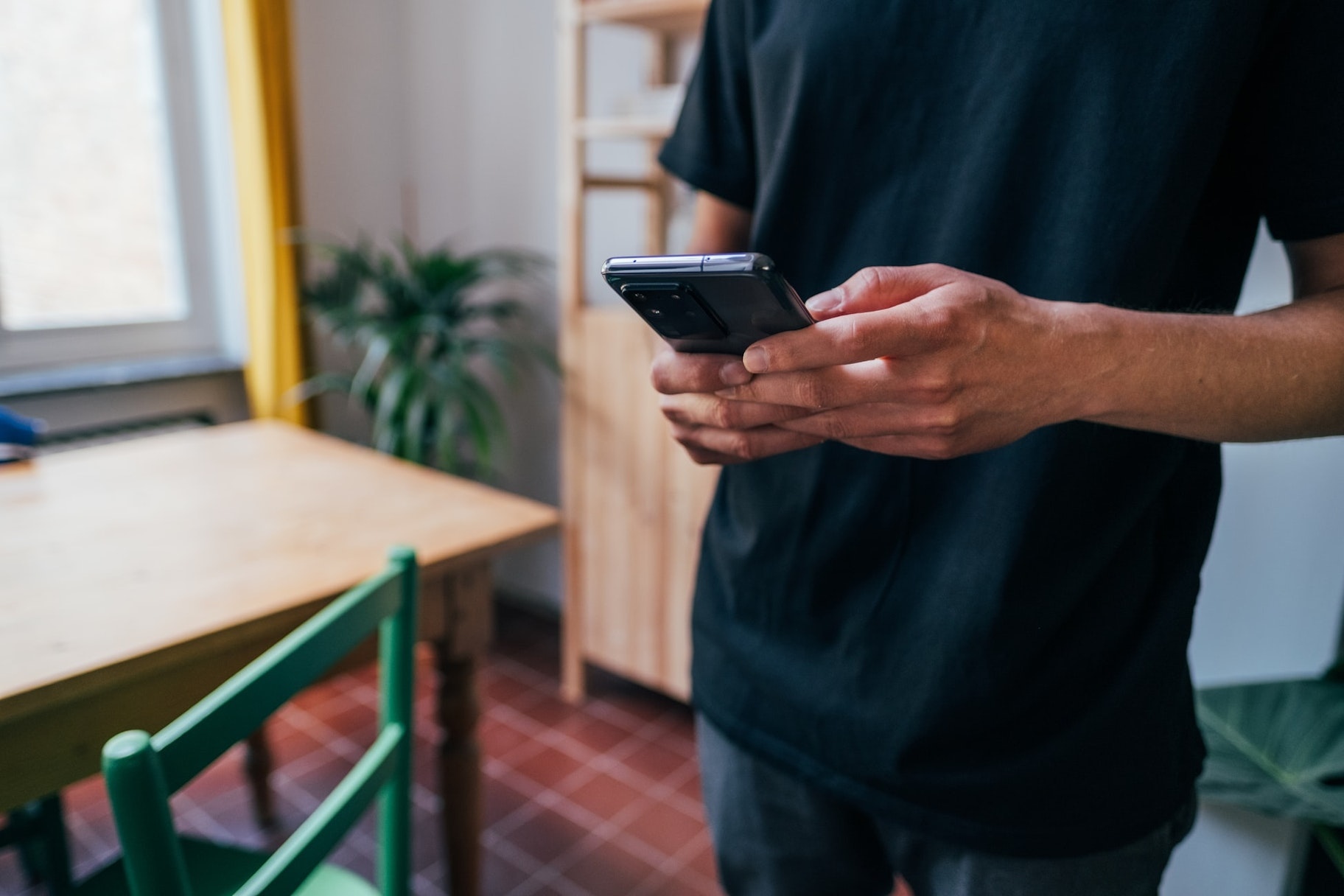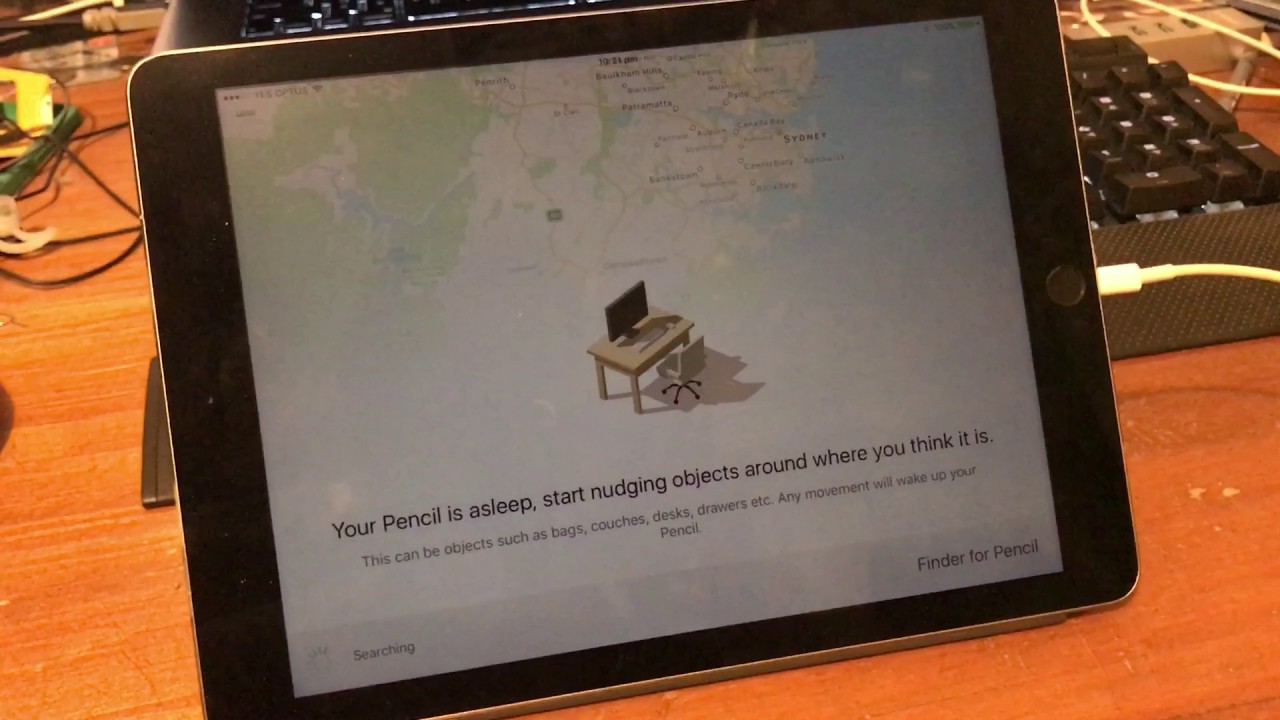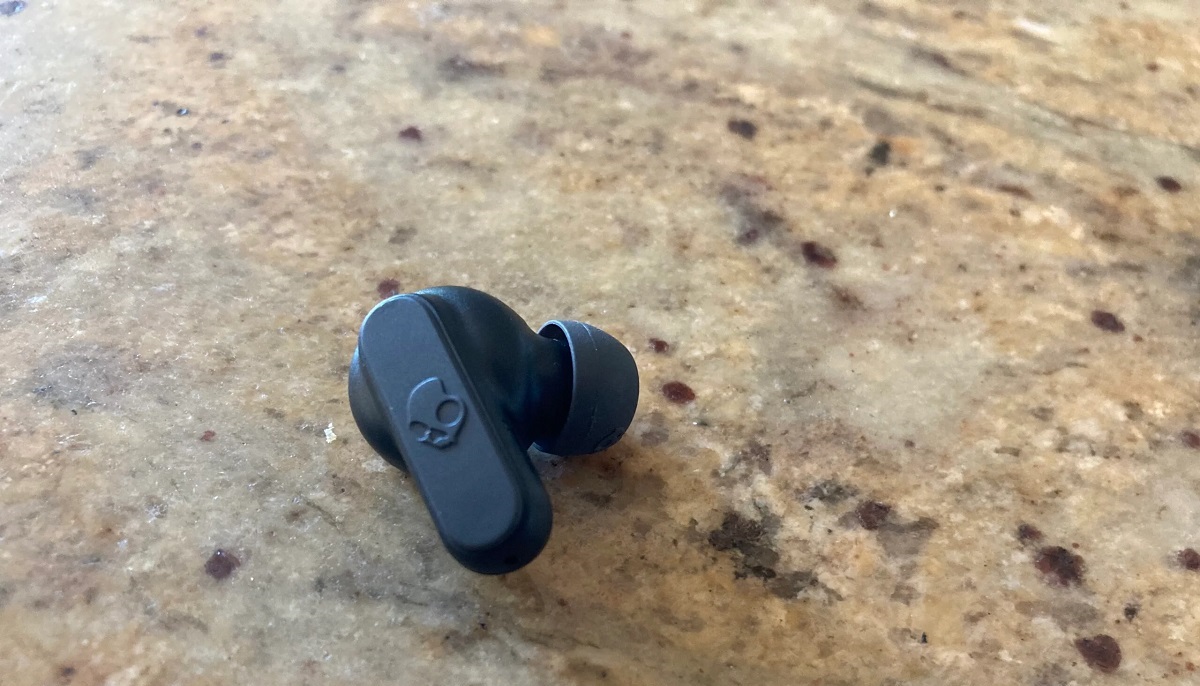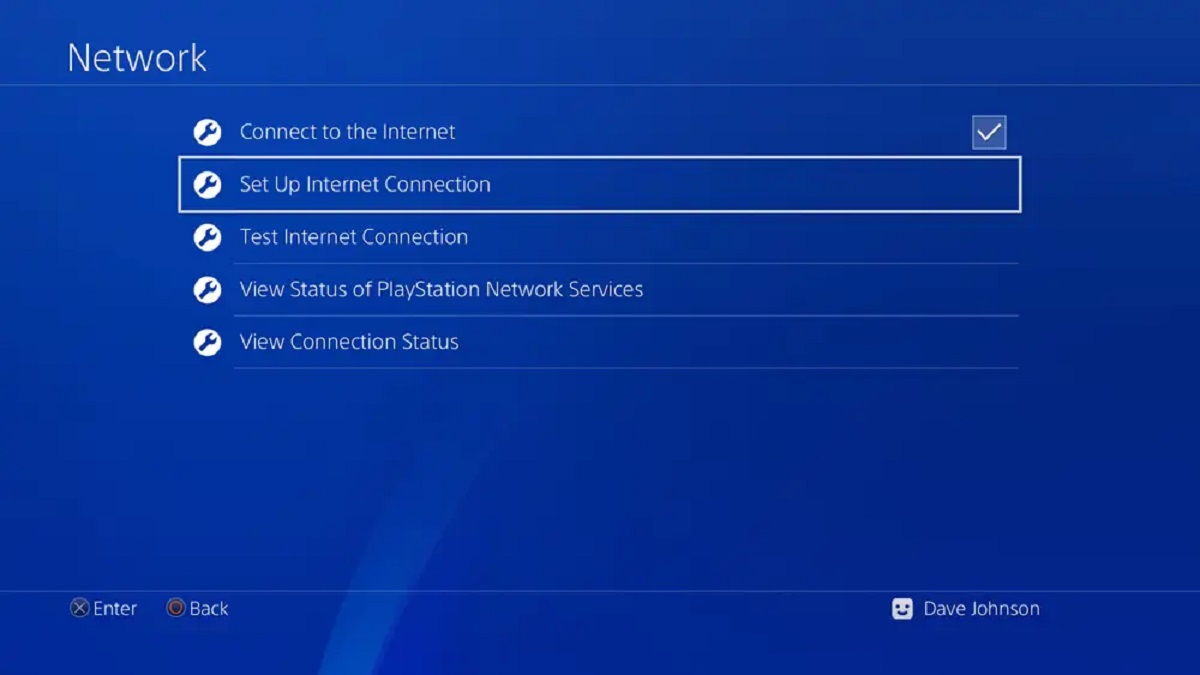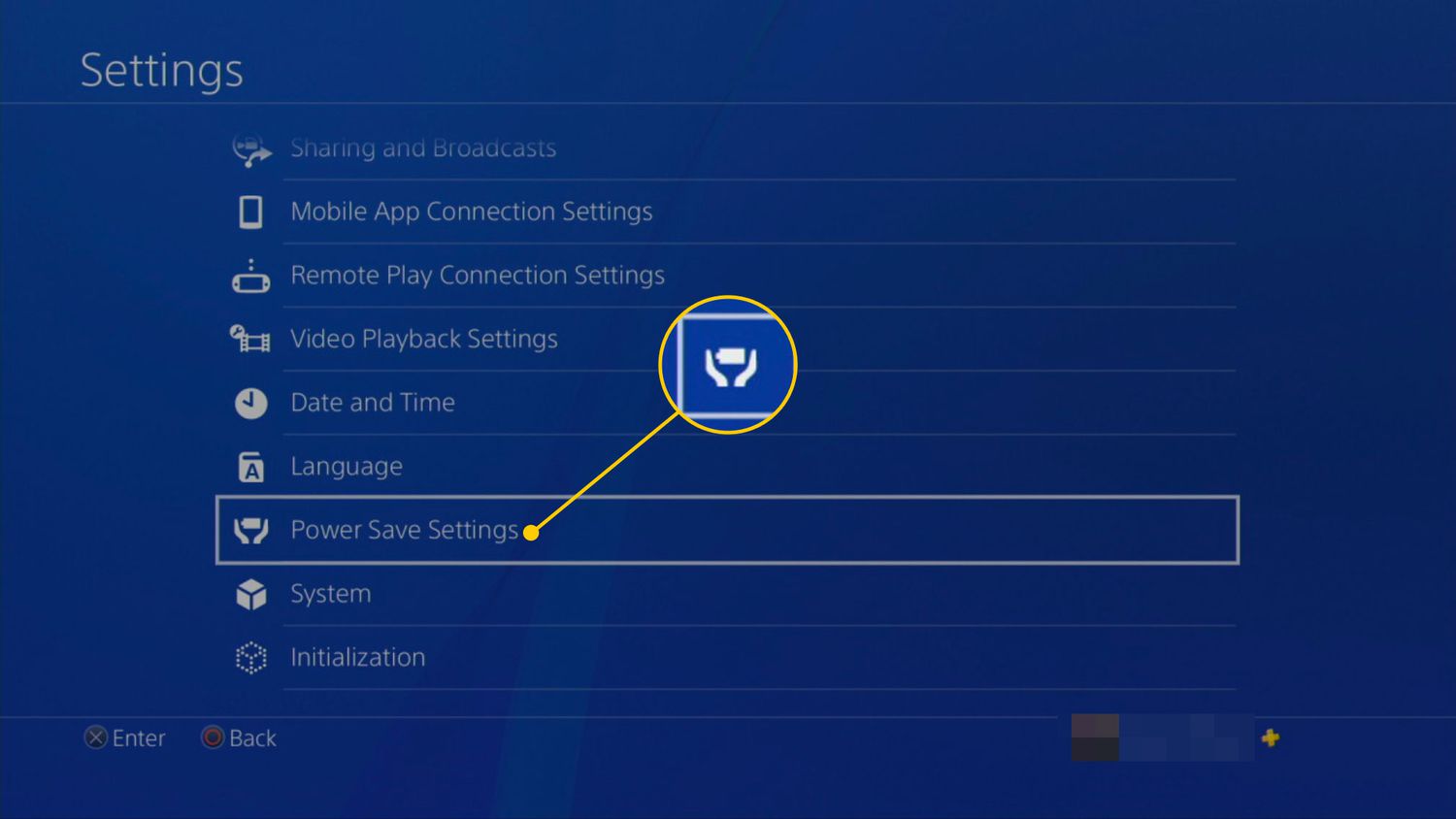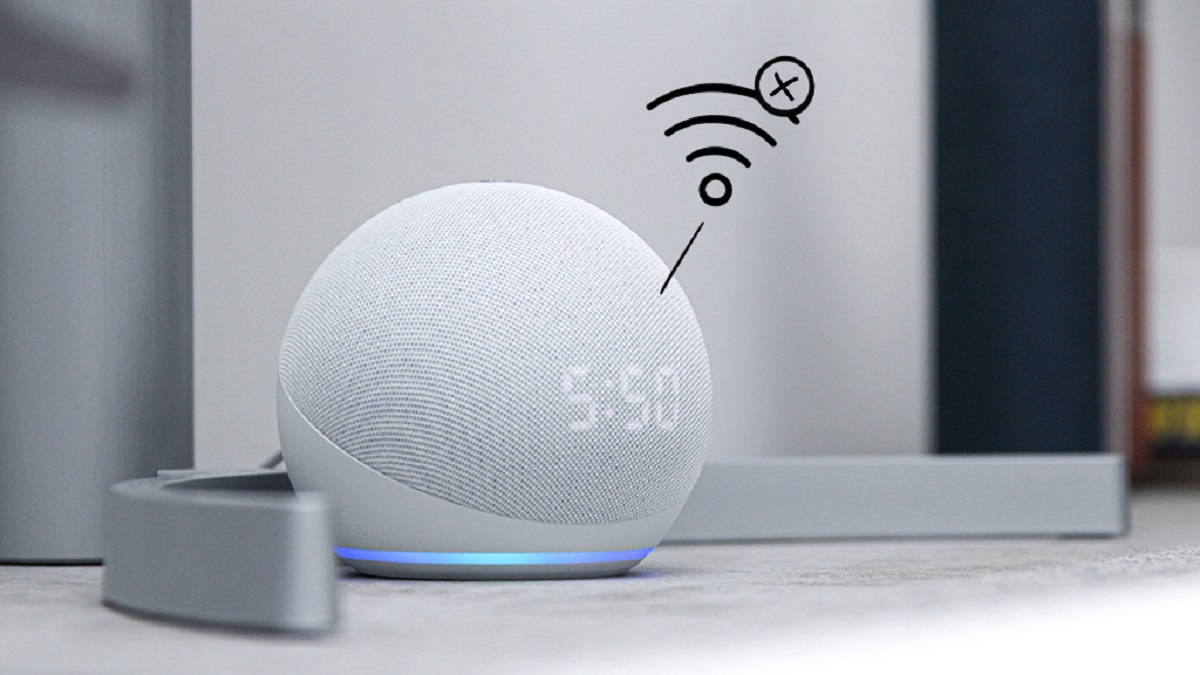Introduction
Smartphones have become an indispensable part of our lives, acting as a constant companion that keeps us connected to the world. Whether we’re browsing the internet, checking our emails, or staying updated on social media, our smartphones are always within arm’s reach. But have you ever wondered how far away from your smartphone you can get while still staying connected?
Advancements in technology have made it possible for us to stay connected wirelessly, even when we’re not physically holding our smartphones. Bluetooth technology, Wi-Fi connectivity, cellular data, remote access apps, and wearable devices have all contributed to keeping us in touch with the digital realm. Each of these technologies has its own range and capabilities, allowing us to extend our reach beyond the immediate proximity of our smartphones.
In this article, we will delve into the various ways in which you can stay connected to your smartphone, even when you’re not right next to it. We’ll explore the range of Bluetooth technology, the benefits of Wi-Fi connectivity, the convenience of remote access apps, the advantage of wearable devices, and the factors that affect your smartphone’s battery life and range.
So, whether you’re wondering how far you can wander from your smartphone while still receiving notifications or if you’re looking for ways to control your smartphone from a distance, this article will provide you with the answers you seek. Let’s dive in and explore the possibilities of staying connected without being tethered to our smartphones!
Bluetooth Technology: Staying Connected within 33 Feet
Bluetooth technology has revolutionized the way we connect and interact with our devices. Its low-power wireless communication protocol allows us to establish a connection between our smartphones and a range of peripheral devices, such as headphones, speakers, keyboards, and fitness trackers. But what is the range of Bluetooth technology and how far can we go while still staying connected?
Bluetooth operates on the 2.4 GHz frequency band and typically has a range of about 33 feet, or 10 meters. This range may vary depending on the specific Bluetooth class and the environment in which the devices are used. For example, Class 1 devices have a range of up to 100 meters, while Class 2 devices, which are more commonly found in smartphones, have a range of up to 10 meters.
Within this range, you can enjoy seamless connectivity and experience the convenience of wirelessly streaming music, making hands-free calls, and transferring files between your smartphone and other Bluetooth-enabled devices. Whether you’re at the gym, in your car, or enjoying a walk in the park, you can stay connected to your smartphone without having it physically in your hands.
It’s important to note that obstacles such as walls, furniture, and other electronic devices can interfere with the Bluetooth signal and reduce its effective range. As such, it’s best to keep your smartphone within a reasonable distance from Bluetooth devices to ensure uninterrupted connectivity.
Another significant aspect of Bluetooth technology is its ability to connect multiple devices simultaneously. This feature, known as Bluetooth multipoint, allows you to connect your smartphone to multiple Bluetooth devices like headphones and speakers at the same time. This means you can listen to music on your headphones while still receiving calls through your hands-free car kit, all within the 33 feet range.
In summary, Bluetooth technology offers us the convenience of staying connected to various peripheral devices within a range of approximately 33 feet. Whether you’re enjoying your favorite music, making calls, or transferring files, Bluetooth gives you the freedom to do so without the need for physical connection.
Wi-Fi Connectivity: Extending Your Reach
When it comes to staying connected to the internet, Wi-Fi connectivity is a game-changer. Wi-Fi technology allows us to wirelessly connect our smartphones to the internet via a Wi-Fi router or hotspot, providing us with high-speed internet access wherever there is a Wi-Fi network available. But how does Wi-Fi connectivity extend our reach beyond the confines of our smartphones?
Wi-Fi networks typically have a range of around 100 to 300 feet indoors, although this can vary depending on factors such as the type of router, the surrounding environment, and potential signal interference. This means that as long as you are within the range of a Wi-Fi network, you can connect your smartphone to the internet and stay connected to the digital world.
One of the major advantages of Wi-Fi connectivity is its ability to connect multiple devices simultaneously. Once your smartphone is connected to a Wi-Fi network, you can use it as a hotspot to share the internet connection with other devices, such as laptops or tablets. This allows you to extend the internet connectivity to these devices, even if they are not within the Wi-Fi network’s direct range.
In addition to extending the range of connectivity, Wi-Fi also provides faster and more stable internet access compared to cellular data. This is particularly useful when you need to download large files, stream high-quality videos, or engage in online gaming. With Wi-Fi, you can enjoy seamless internet browsing and use data-intensive applications without worrying about data limits or slower connection speeds.
It’s worth noting that Wi-Fi networks are not only limited to homes and offices. Many public spaces, such as cafes, restaurants, and airports, provide free Wi-Fi access for customers. This means that even when you’re outside your home or office, you can still stay connected to the internet by connecting to these Wi-Fi networks.
However, it is important to ensure that you connect to secure and trusted Wi-Fi networks to protect your privacy and data. Public Wi-Fi networks can sometimes be vulnerable to security breaches, so it’s wise to use a virtual private network (VPN) when accessing sensitive information or making online transactions.
In summary, Wi-Fi connectivity extends our reach by allowing us to connect our smartphones to the internet within a range of up to several hundred feet. Whether you’re at home, in a public space, or using your smartphone as a hotspot, Wi-Fi offers fast and reliable internet access that goes beyond the limitations of cellular data.
Cellular Data: Staying Connected Anywhere
When Wi-Fi networks are not available or out of range, staying connected to the internet is still possible through cellular data. Cellular data, often referred to as mobile data, allows us to access the internet on our smartphones using the cellular network infrastructure. With cellular data, we can stay connected to the digital world no matter where we are.
The coverage and availability of cellular data vary depending on your location and your cellular service provider. Thanks to the widespread infrastructure of cellular networks, cellular data allows us to stay connected in urban areas, rural areas, and while traveling between different regions or countries.
When connected to cellular data, your smartphone uses the cellular tower nearest to you to establish an internet connection. This allows you to browse the web, access social media, stream videos, and use data-intensive applications on the go.
Cellular data plans come in different capacities, ranging from a few gigabytes to unlimited data. The amount of data you have in your plan determines how much internet usage you can have before potentially incurring additional charges or experiencing slower speeds due to data throttling.
It’s important to be mindful of your data consumption when using cellular data, especially if you have a limited plan. Activities such as streaming high-definition videos, downloading large files, or using data-heavy applications can quickly deplete your data allowance. However, you can optimize your data usage by using Wi-Fi whenever it’s available to conserve cellular data for times when you truly need it.
Another crucial aspect of cellular data is its capability to provide connectivity in remote areas where Wi-Fi may not be available. Whether you’re on a road trip, camping in the wilderness, or visiting a location without Wi-Fi access, you can still stay connected to the internet through your smartphone’s cellular data connection.
It’s worth mentioning that cellular data also enables other important functionalities such as making phone calls, sending text messages, and accessing location-based services. This means that even if you’re not actively using the internet on your smartphone, you can still stay connected for essential communications and utilize location-based apps like GPS navigation.
In summary, cellular data allows us to stay connected to the internet and enjoy various online activities anywhere, provided there is a cellular signal available. Whether you’re in a bustling city, a remote area, or traveling between different regions, cellular data ensures that you can stay connected and enjoy the conveniences of the digital world.
Remote Access Apps: Controlling Your Smartphone from a Distance
Remote access apps have revolutionized the way we control and interact with our smartphones. These apps allow us to access and manage our smartphones from a distance, granting us control over various functions and features, even when we’re not physically holding our devices. Whether you’ve misplaced your smartphone or need remote access for convenience purposes, remote access apps provide a convenient solution.
There are several remote access apps available for both Android and iOS platforms, each offering a range of features to enhance the remote control experience. These apps utilize internet connectivity, either through Wi-Fi or cellular data, to establish a connection between your remote device (such as a computer or another smartphone) and your smartphone.
Once the connection is established, you can remotely access your smartphone’s display, control it using a mouse or keyboard, and even transfer files between devices. This is particularly useful if you’ve forgotten your smartphone at home or want to access files on it while you’re away, saving you from the hassle of physically retrieving your device or relying on cloud storage.
One of the main benefits of remote access apps is the ability to locate, lock, and wipe your smartphone in the event it is lost or stolen. These apps provide anti-theft features, allowing you to remotely track the location of your device, lock it to prevent unauthorized access, or even erase all data to protect your personal information.
Additionally, remote access apps enable you to perform various tasks on your smartphone without having to physically handle it. You can send and receive text messages, make phone calls, and access apps and files from a distance. This can be especially handy in situations where you may not have direct access to your smartphone but still need to use its functionalities.
It’s important to note that remote access apps often require you to have the app pre-installed and set up on your smartphone before you can remotely control it. This ensures the security and privacy of your device by preventing unauthorized access.
Remote access apps are not only useful for personal use but also have practical applications in work scenarios. They allow employees to access their work smartphones remotely, enabling them to respond to urgent emails, access important files, or collaborate with colleagues, even when they are not physically in the office.
In summary, remote access apps provide the convenience of controlling your smartphone from a distance. Whether you need to access files, locate a lost device, or perform tasks without physically handling your smartphone, remote access apps offer a seamless and efficient way to stay connected to your device, regardless of your physical location.
Smartwatches and Wearables: Staying Connected on the Go
Smartwatches and wearable devices have become increasingly popular in recent years, offering more than just fitness and health tracking capabilities. These devices provide a convenient way to stay connected to your smartphone and receive notifications, even when your smartphone is not within immediate reach. Let’s explore how smartwatches and wearables allow us to stay connected on the go.
A smartwatch is essentially a wearable computer that can be worn on the wrist, while other wearables can include devices such as fitness trackers, smart glasses, and even smart rings. These devices are designed to sync with your smartphone, allowing you to receive notifications, calls, and text messages directly on your wrist or wearable device.
Smartwatches and wearables often connect to your smartphone using Bluetooth technology, enabling a seamless and continuous link between the two devices. This means that as long as your smartphone is within the Bluetooth range of your wearable device, you can stay connected and receive notifications without having to take out your phone from your pocket or bag.
In addition to displaying notifications, smartwatches offer various features that allow you to interact with your smartphone remotely. For example, you can use your smartwatch to control music playback, track your fitness activities, navigate through maps, and even make payments using mobile payment apps.
One of the key benefits of smartwatches and wearables is their convenience and accessibility. Whether you’re out for a run, in a meeting, or simply want to keep your smartphone out of sight, you can rely on your wearable device to keep you informed and connected. You can quickly glance at your wrist to see who’s calling or texting you, and decide whether it requires immediate attention or can wait until later.
Furthermore, smartwatches and wearables can also serve as a fitness companion by tracking your steps, heart rate, sleep patterns, and more. They provide insights and motivation to help you achieve your health and fitness goals, making them an invaluable tool for maintaining an active lifestyle.
It’s important to note that smartwatches and wearables may require syncing with your smartphone initially, and some functionalities may depend on the specific apps and services you use. However, once set up, they offer a seamless and convenient way to stay connected on the go.
In summary, smartwatches and wearables have revolutionized our ability to stay connected to our smartphones, even when they are not physically in our hands. By providing notifications, remote control functionalities, and fitness tracking capabilities, smartwatches and wearables offer a convenient and accessible means of staying connected and informed on the go.
Battery Life: Factors That Affect Your Smartphone’s Range
When it comes to staying connected to your smartphone, one vital element to consider is battery life. A smartphone’s range, or how far you can be from your device while staying connected, is heavily dependent on its battery life. Understanding the factors that impact battery life can help you manage your smartphone usage and stay connected for longer periods of time.
1. Display brightness: The brightness level of your smartphone’s display has a significant impact on battery life. High brightness settings consume more power, while lower settings conserve energy. Adjusting the display brightness can help extend your smartphone’s battery life and therefore its range.
2. Background apps and processes: Apps running in the background can drain your smartphone’s battery, even when you’re not actively using them. Closing unnecessary apps and disabling background processes can help preserve battery life and prolong your smartphone’s range.
3. Signal strength: Poor signal strength can cause your smartphone to work harder to maintain a connection, leading to increased power consumption. When your smartphone is in an area with weak cellular or Wi-Fi signal, it may drain the battery faster. Being in an area with a strong signal can help preserve battery life and extend your smartphone’s range.
4. Connectivity options: Certain connectivity options, such as Bluetooth and GPS, can contribute to battery drain. When not in use, disabling these features can help conserve battery power and extend your smartphone’s range. Additionally, using Wi-Fi instead of cellular data can help save battery life, as Wi-Fi consumes less power for internet connectivity.
5. Usage patterns: How you use your smartphone also affects its battery life and range. Activities that require more processing power, such as gaming or streaming videos, tend to drain the battery faster. Limiting the use of power-intensive applications and optimizing your smartphone’s settings can help prolong battery life and maintain connectivity for longer durations.
6. Battery health: Over time, a smartphone’s battery health may deteriorate, leading to shorter battery life and reduced range. Taking care of your smartphone’s battery, such as avoiding extreme temperatures and not letting it completely discharge or overcharge, can help maintain its health and ensure optimal battery life and range.
To optimize battery life and maximize your smartphone’s range, consider adopting battery-saving strategies such as enabling power-saving mode, reducing screen timeout, and optimizing app settings. Using battery-saving apps and investing in portable chargers or power banks can also help keep your smartphone powered on the go.
In summary, several factors impact your smartphone’s battery life and, consequently, its range. By managing display brightness, controlling background apps, optimizing connectivity options, and adopting battery-saving strategies, you can extend your smartphone’s battery life and stay connected for longer periods of time, even when you’re not in close proximity to your device.
Conclusion
Staying connected to your smartphone is essential in today’s digital age, and advancements in technology have made it easier than ever to extend our reach and connectivity beyond the immediate proximity of our devices. Whether it’s through Bluetooth technology, Wi-Fi connectivity, cellular data, remote access apps, or smartwatches and wearables, we have a multitude of options to stay connected on the go.
Bluetooth technology allows us to connect and interact with peripheral devices within a range of approximately 33 feet. We can enjoy the convenience and freedom of wirelessly streaming music, making hands-free calls, and transferring files without the need for physical connection.
Wi-Fi connectivity expands our reach even further, allowing us to connect to the internet within a range of up to several hundred feet. Wi-Fi provides faster and more stable internet access, making it ideal for data-intensive activities like streaming videos and downloading large files.
Cellular data ensures that we can stay connected to the internet no matter where we are. It offers nationwide coverage and allows us to access the internet using the cellular network infrastructure, providing connectivity in both urban and remote areas.
Remote access apps enable us to control and manage our smartphones from a distance. Whether it’s locating a lost device, accessing files, or making phone calls remotely, these apps offer convenience and peace of mind.
Smartwatches and wearables have become an integral part of our lives, allowing us to stay connected and receive notifications even when our smartphones are not within immediate reach. These devices offer convenience, accessibility, and fitness tracking capabilities, making them invaluable companions for staying connected on the go.
Battery life is a crucial factor that affects a smartphone’s range. By managing display brightness, controlling background apps, and optimizing connectivity options, we can extend battery life and maintain connectivity for longer durations.
In conclusion, with the abundance of technologies and capabilities available to us, staying connected to our smartphones has never been easier. Whether it’s through wireless connectivity options, remote access apps, or wearable devices, we can stay connected and engaged with the digital world no matter where our adventures take us.







